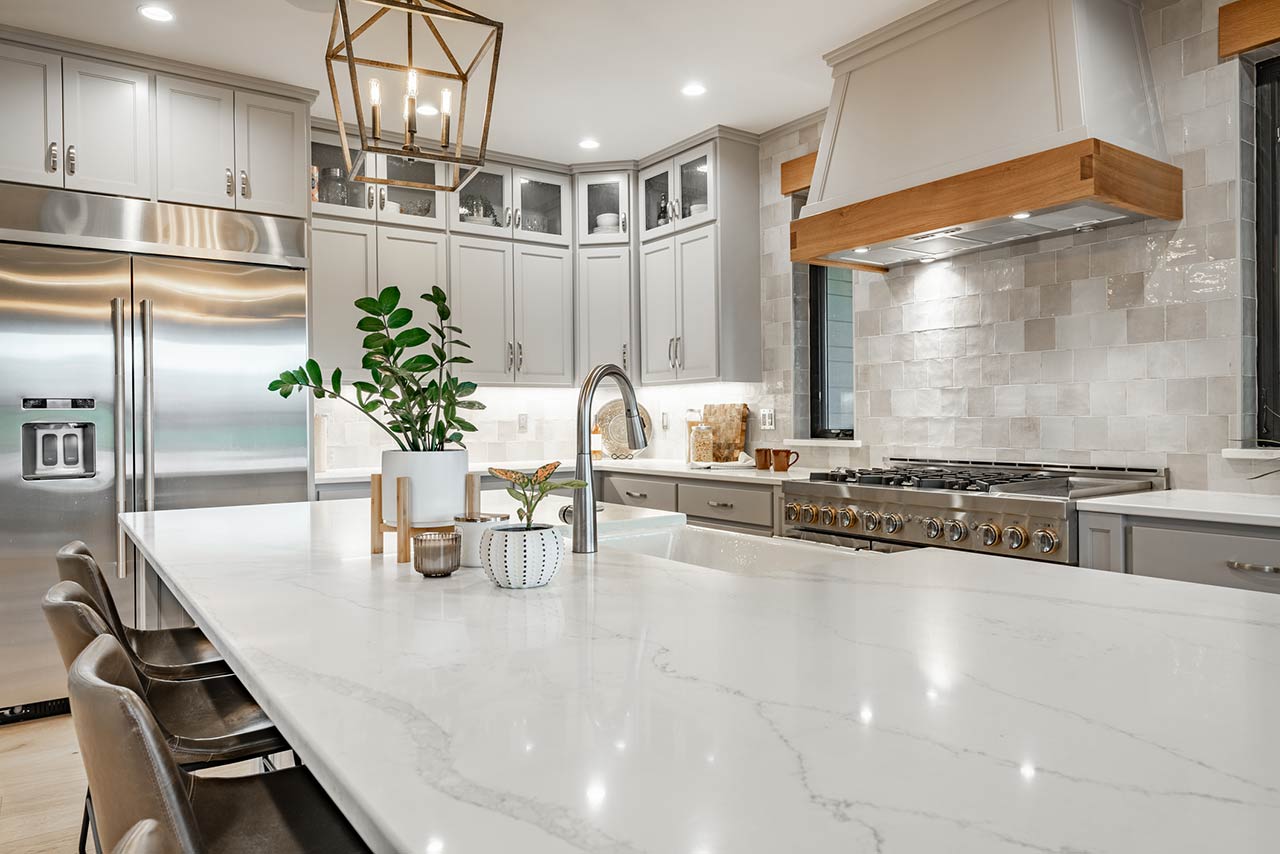Affordable Home Improvements: Enhancing Your Space for Less

Enhancing your living space doesn’t have to come with a hefty price tag. With a bit of creativity, resourcefulness, and strategic planning, you can transform your home on a budget. Let’s explore a variety of affordable home improvement tips and tricks to help you upgrade your space without breaking the bank. From DIY projects to smart shopping strategies, discover how you can achieve a stylish and functional home without spending a fortune.
Budget-Friendly Tips for Home Improvement
Let’s be real, who doesn’t want to upgrade their space without breaking the bank? Here are some savvy tips to spruce up your home on a budget.
Repurposing and Upcycling Furniture
Turn that old dresser into a chic TV stand or transform those neglected pallets into a trendy coffee table. Get your creative juices flowing and give new life to old furniture pieces.
Affordable Alternatives to Costly Materials
Who says you need to splurge on fancy materials to make your home look fabulous? Consider budget-friendly options like laminate flooring or peel-and-stick backsplash for a high-end look without the hefty price tag.
Prioritizing Projects for Maximum Impact
Not all home improvement projects are created equal. Focus on areas that will give you the most bang for your buck, whether it’s updating the kitchen cabinets or giving the front door a fresh coat of paint.
Maximizing Impact with Minimal Cost
When it comes to home improvements, it’s all about making a big impact without draining your wallet. Here’s how you can transform your space on a shoestring budget.
Strategic Renovations for Big Changes
Sometimes, a few key renovations can completely transform a room. Swap out outdated light fixtures, replace cabinet hardware, or add a fresh coat of paint for a dramatic change that won’t break the bank.
Enhancing Curb Appeal on a Budget
First impressions matter, so sprucing up your home’s exterior can make a world of difference. Simple fixes like adding potted plants, updating the mailbox, or painting the front door can instantly boost your home’s curb appeal.
DIY Home Improvement Projects on a Shoestring Budget
Who says you need a hefty budget to tackle home improvement projects? With a little creativity and some elbow grease, you can DIY your way to a more stylish and functional home.
Easy and Cost-Effective Upgrades
From painting accent walls to installing shelving units, there are plenty of DIY projects that can elevate your space without draining your bank account. Get your hands dirty and watch your home transform before your eyes.
Tools and Resources for DIY Success
Don’t let a lack of tools or know-how hold you back. Hit up your local hardware store for affordable supplies and check out online tutorials for step-by-step guidance. Who knows, you might just discover a hidden talent for DIY projects.
Creative Ways to Enhance Your Home Without Breaking the Bank
Who says you need to spend a fortune to make your home look like a million bucks? Get creative with these budget-friendly tips to elevate your space without emptying your wallet.
Incorporating Budget-Friendly Decor and Accessories
From thrift store finds to DIY artwork, there are plenty of ways to decorate your home on a budget. Mix and match affordable decor pieces to create a personalized and stylish space without breaking the bank.
Utilizing Paint and Color for Transformation
Paint is a powerful tool when it comes to home improvement. Give outdated furniture a fresh coat of paint, add an accent wall for a pop of color, or repaint old cabinets for a budget-friendly transformation that packs a punch.
Affordable Solutions for Upgrading Your Living Space
Budget-Friendly Lighting and Fixtures
Let there be light! Enhancing your living space doesn’t have to burn a hole in your pocket. Opt for affordable lighting solutions like LED bulbs or budget-friendly fixtures to instantly brighten up your home. A well-placed lamp or stylish pendant light can completely transform the ambiance of a room without breaking the bank.
Low-Cost Updates for Kitchens and Bathrooms
Looking to give your kitchen or bathroom a facelift without draining your savings? Consider simple yet effective updates like swapping out cabinet handles, giving walls a fresh coat of paint, or installing a new faucet. These budget-friendly upgrades can breathe new life into your space and make a big impact without costing a fortune.Incorporating these budget-friendly home improvement ideas can not only enhance the aesthetic appeal of your space but also increase its functionality and comfort. With a mix of creativity and frugality, you can revamp your home without straining your finances. Remember, it’s the little changes that can make a big difference, so start implementing these affordable solutions today to create a home that reflects your style and personality while staying within your budget.



















